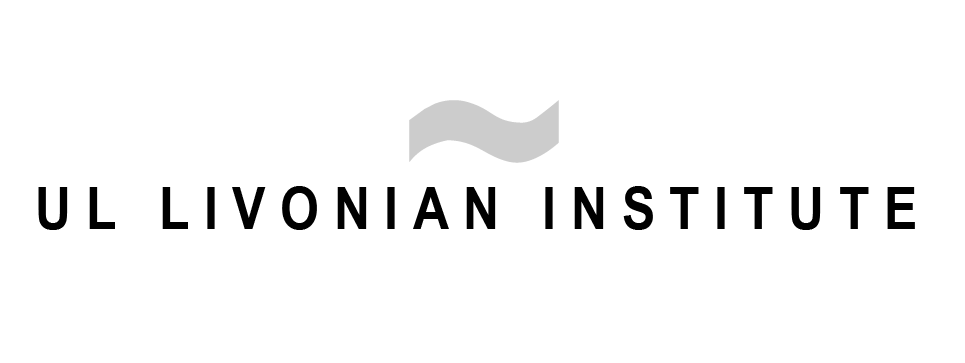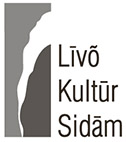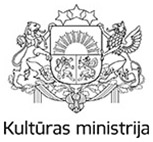The largest and oldest Livonian community organization is the Livonian Union (Līvõd Īt) established on April 2, 1923 in Mazirbe. It was the only Livonian community organization in existence in the 1920s and 1930s. On July 19, 1938, the Livonian Union was reregistered as the Livonian Society.

Līvõd Īt member card. 1939.
The following goals were listed in its statutes: to keep the Livonian language alive, to spread knowledge and learning among the Livonians, to help improve their economic and social life.
Kōrli Stalte was elected the first head of the Union. Though the membership of the Livonian Union included at best one-tenth of all Livonians, it was the main coordinator and booster of Livonian community and cultural life, and was assisted both financially and with advice by its Estonian and Finnish friends.
Following the Soviet occupation, the Livonian Union was officially closed down on December 6, 1940. It was re-established in Rīga on November 26, 1988 as the “Livonian Culture Union”. The organization regained its original name in 1993. The members of the renewed organization included 142 Livonians and other interested people, and its first elected chairman was Ieva Neilande. Thanks to active work by the Livonian Union, in 1991, the Latvian government recognized the Livonians as a nation indigenous to Latvia and the safeguarding of its national identity and the environment of its historic home region as the responsibilities of the Latvian state.
The Livonian Union has local chapters in Kolka, Mazirbe, Rīga, and Ventspils. The Livonian information centre Kūolka has been operating in Kolka since 1993.
Contacts: ievacdf@parks.lv






